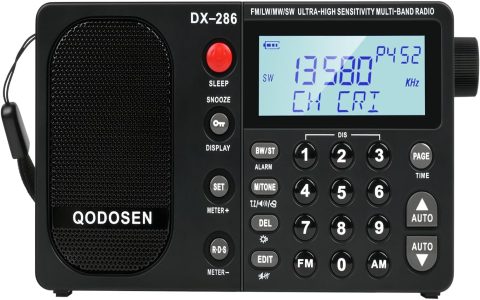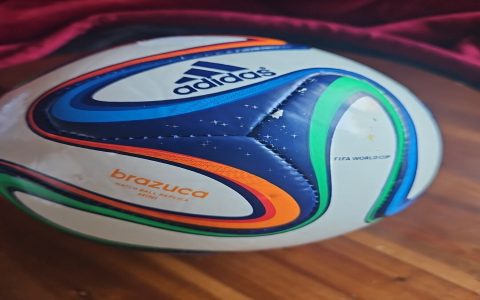While "ceramic radio" is not a formally defined category of radio device in itself, ceramic materials play crucial and diverse roles in the construction and functionality of modern and historical radio communication equipment. Their unique electrical, mechanical, and thermal properties make them indispensable for various applications within radio frequency (RF) engineering.
Ceramic Components in Radio Frequency (RF) Circuits
Ceramics are extensively utilized for manufacturing key passive components vital for radio operation due to their dielectric properties, stability, and performance at high frequencies.
- Ceramic Capacitors:

These are ubiquitous in radio circuits for coupling, decoupling, filtering, and tuning. Different ceramic dielectric formulations (e.g., Class 1 NP0/C0G for high stability and low loss, Class 2 X7R/Z5U for high capacitance density) allow for a wide range of capacitance values, voltage ratings, and temperature characteristics suitable for various RF applications, from oscillators to amplifiers and filters.
- Piezoelectric Ceramic Resonators and Filters:
Materials like lead zirconate titanate (PZT) exhibit piezoelectric properties, making them ideal for frequency control and selection. Ceramic resonators offer a cost-effective alternative to quartz crystals in some applications, providing stable oscillation. Ceramic filters (e.g., bandpass filters in IF stages of superheterodyne receivers) utilize these materials to achieve sharp frequency selectivity, crucial for separating desired signals from interference.
- Ceramic Substrates:
For high-frequency applications, particularly in power amplifiers or microwave circuits, ceramic substrates (e.g., alumina, aluminum nitride) are used for printed circuit boards (PCBs) or hybrid integrated circuits. They offer low dielectric loss, good thermal conductivity, and better dimensional stability at high temperatures compared to standard organic PCB materials like FR-4.

- Ceramic Antennas:
Compact antennas, especially for portable devices, can be manufactured using ceramic materials. These dielectric resonator antennas (DRAs) or ceramic chip antennas offer small form factors and can be integrated directly onto circuit boards, leveraging the dielectric properties of the ceramic to achieve desired radiation characteristics.
Ceramic Materials in Radio Enclosures and Structures
Beyond internal components, ceramics are also employed for radio enclosures and structural elements, particularly where environmental resilience, aesthetic appeal, or specific non-conductive properties are desired.
- Housings and Casings:
Some radios, especially high-end or designer models, may feature ceramic casings. These offer a distinct tactile quality, scratch resistance, and are excellent electrical insulators, preventing interference with internal circuitry and ensuring user safety. They also offer good thermal stability.
- Insulators and Mounts:
In high-power transmitting antennas or equipment, ceramic insulators are critical for supporting conductive elements while providing high electrical isolation, preventing arcing, and ensuring operational safety and efficiency under high voltage conditions.
Ceramic Transducers in Radio Systems
The piezoelectric effect in certain ceramics is fundamental to transducers used in conjunction with radio devices, primarily for converting electrical signals to sound.
- Piezoelectric Speakers and Earpieces:
Ceramic (piezoelectric) elements are commonly used to create sound in compact speakers or earpieces due to their efficiency and simple construction. In very basic radio receivers, such as some crystal radio designs, a high-impedance ceramic earpiece is often directly driven by the detected RF energy, converting it into audible sound without requiring external power. This direct reliance on a ceramic component for audio output is a notable application in simple radio technology.









